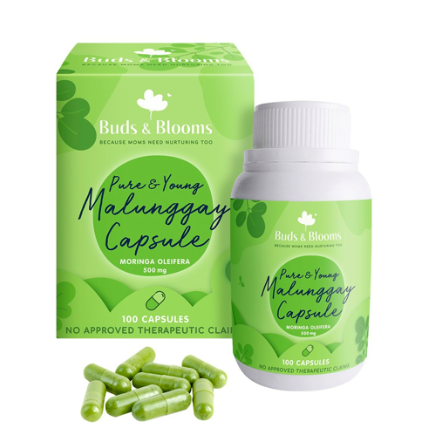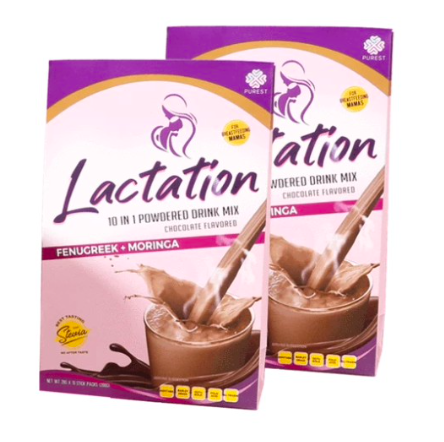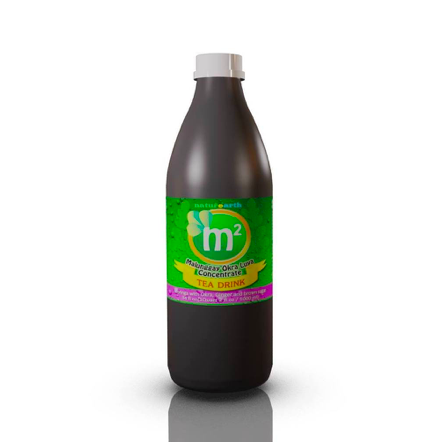Breastfeeding is a topic that is difficult to condense and make it sound easy to do. Even though breastfeeding seems to be a natural thing, for most moms it doesn’t mean it come naturally. A few moms are fortunate enough to start leaking before their baby is born, most moms struggle to get their breastmilk start flowing.
Once you have your breastmilk flowing, it may not be smooth-sailing still. Along the way, there are hurdles to overcome – one of which is to make sure your breastmilk supply does not go low.
Take prenatal vitamins
Your baby gets nutrients from you through your milk. It only makes sense that you meet the nutritional requirements, which has increased since pregnancy. You may even need some vitamins and minerals in higher doses, such as Vitamins A, B, C, and folate, among others. Since prenatal vitamins contain all these, doctors recommend taking them throughout your breastfeeding journey. Just remember to ask your OB-GYN about your specific vitamin needs.
Consider a galactagogue
A galactagogue (Greek “galacta” which means milk) ias a food, herb or drug that helps increase the production of breast milk. Most mothers won’t need to take galactagogues because there are many ways to increase or maintain a breast milk supply without using herbs or medicines. But for some, taking incorporating galactagogue in the diet helps increase their milk supply. These galactagogue may be new to you but you may have been taking these already. Popular examples are fenugreek seeds, moringa capsules, alfalfa, and fresh malunggay leaves!
Lactation goodies
All breastfeeding moms know that you need to keep a snack or two near your bedside when breastfeeding your baby. Breastfeeding can get you hungry all the times. A good way to address this is have pastries and yummy treats that are packed with nutrient-rich galactagogues, lactation goodies. Lactation goodies have flaxseed, oatmeal, fenugreek, and brewer’s yeast to help increase you breastmilk.
Do regular skin-to-skin contact
Did you know that holding your baby increases your levels of oxytocin? There are two hormones that are directly responsible fr breastmilk production: prolactin and oxytocin.
The oxytocin reflex is also sometimes called the “letdown reflex” or the “milk ejection reflex”. Oxytocin is produced more quickly than prolactin and makes the milk that is already in the breast flow for the current feed, and helps the baby to get the milk easily.
Oxytocin starts working when a mother expects a feed as well as when the baby is suckling. The reflex becomes conditioned to the mother’s sensations and feelings, such as touching, smelling or seeing her baby, or hearing her baby cry, or thinking lovingly about him or her. If a mother is in severe pain or emotionally upset, the oxytocin reflex may become inhibited, and her milk may suddenly stop flowing well. If she receives support, is helped to feel comfortable and lets the baby continue to breastfeed, the milk will flow again.
It is important to understand the oxytocin reflex, because it explains why the mother and baby should be kept together and why they should have skin-to-skin contact.
Drink your water
Or any liquid that could keep you hydrated round the clock. While some studies show that extra fluid intake by breastfeeding mama doesn’t actually increase breastmilk supply, getting too little liquid will cause your milk production to lag.
Get more pumped up!
Milk supply increase when there is a demand for it. Hence it is recommended expressing milk—either using a breast pump, or manually doing so—after every breastfeeding session to empty out the milk from your breast. This makes your body think that the baby needs more, and will consequently produce more breastmilk to meet the demand.
You can do this by hand expressing or using either manual or electric breast pump. Make sure to empty the breasts after each feeding or when your breast feels full and the baby is already fed.
Invest in quality nursing wear
Since you’ll be doing a lot of milk expressing in a day, wearing appropriate nursing clothes to make it easier for you. Breastfeeding and breastpumping bras will hold the pump for each breast for you so that your hands will be free to relax or to do other things.
There are also maternity and nursing bras that are made with materials that help boost blood circulation in the body, which in turn encourage milk production.
Unli-latch your baby
Breastfeeding consultants will advise you to nurse your newborn at least 15 to 20 minutes at each breast every 2 or 3 hours. In unli-latching, you must feed your baby on-demand or as often and for as long as the baby wants to. The more your baby empties you breasts, the more they produce milk for the next feeding.
Breastfeeding needs patience, effort, time and willingness to go through all the struggles to supply your baby with your golden liquid. It will not be an easy task Mama but we can do this!
This post may contain affiliate links. Using links to these sites means I may earn a percentage of the purchase at no extra cost to you.



